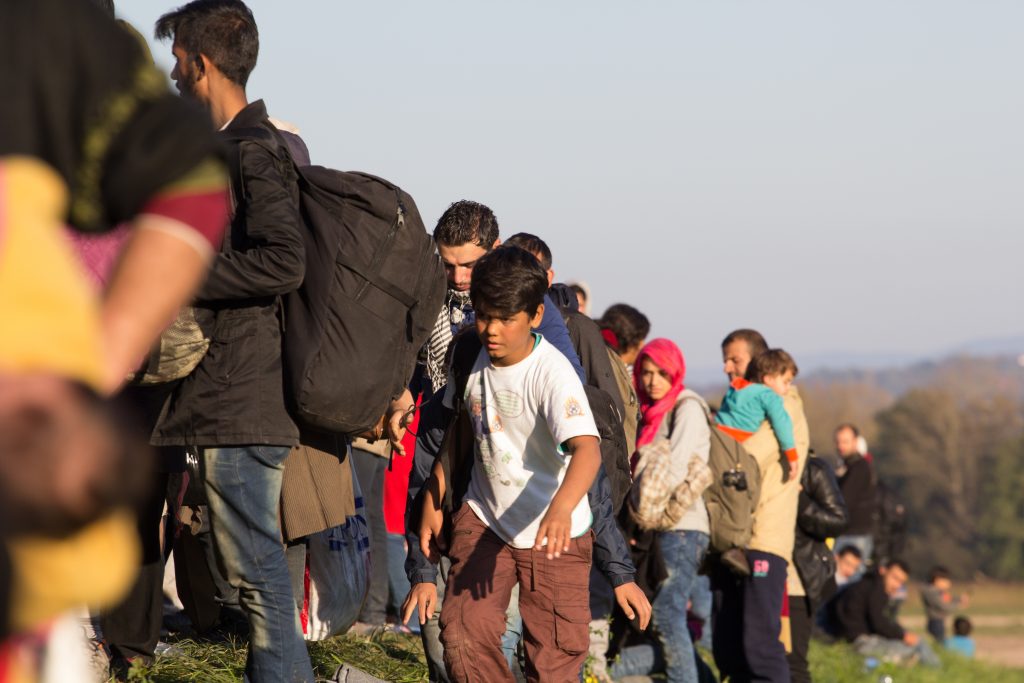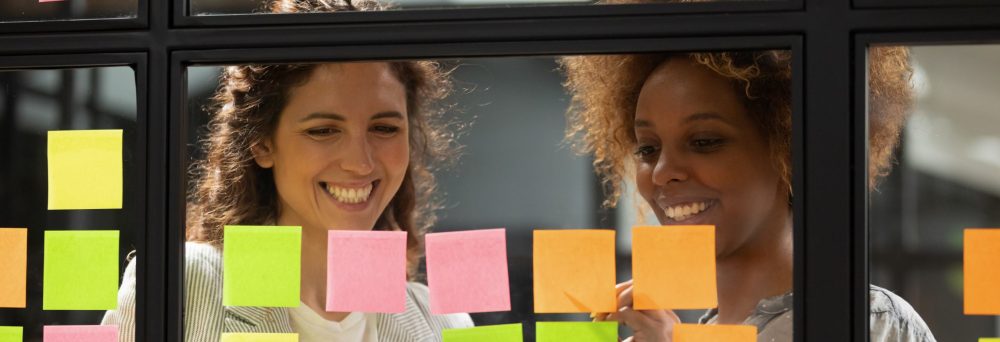Transnational migration is changing the demography of receiving societies, driving the issue to the top of the policy agenda. Yet, despite their profound vulnerability and the economic potential they represent, migrants are still routinely denied access to the lifelong learning opportunities they need, writes Shibao Guo of University of Calgary

As globalization intensifies, migration has been adopted as a strategy by many to compete for the most talented, skillful and resourceful in order to help build a knowledge-based economy, ameliorate labour shortages, and mitigate the effects of an ageing population. As such, migration has risen to the top of the political agenda of many countries that are involved in this process as a source, transit or destination country, or all three simultaneously. Unlike earlier forms of migration which tend to be unidirectional, the contemporary mobility of migrants is conceptualised as multiple and circular occurring across transnational spaces.
Because of its transient nature, it is almost impossible to know exactly how many transnational migrants there are around the world. The United Nations Department of Economic and Social Affairs estimated that, in 2020, about 281 million people, or 4 per cent of the world’s population, lived outside their countries of birth, up from 173 million in 2000. In addition, the world’s refugees and asylum seekers have doubled in number from 17 to 34 million over the past two decades.
As a result of transnational migration, many countries are becoming ethno-culturally diverse.
The foreign-born population of countries in the Organisation for Economic Co-operation and Development, for example, rose to 136 million or 14 per cent of the total population in 2020, up from 11.9 per cent in 2010. In this context, migration has brought significant changes to the demographics and socio-cultural fabric of receiving societies, creating new opportunities for development as well as new challenges for lifelong learning.
As newcomers, transnational migrants and refugees need educational programmes to help them navigate the complex paths that citizenship entails. More specifically, they need to upgrade their language, knowledge and skills to participate fully in their host society. Unfortunately, their educational needs and programmes are often neglected or underfunded. Many of them have limited or no access to education and some remain among the most vulnerable people in the world.
Research shows that the obstacles facing migrants and refugees are often multifaceted, with language and employment as the most frequently cited barriers. In the context of Canada, for example, many have encountered structural barriers in their efforts to integrate into Canadian society, including a glass gate, glass door and glass ceiling. While a glass gate denies immigrants’ entrance to guarded professional communities, a glass door blocks immigrants’ access to professional employment at high-wage firms. It is the glass ceiling that prevents immigrants from moving into management positions because of their ethnic and cultural differences. The glass gate, glass door and glass ceiling may converge at different stages of their integration processes to create the triple glass effect that causes employment and underemployment, poor economic performance, and downward social mobility.
A recent issue of the International Review of Education – Journal of Lifelong Learning further examines the changing dynamics and complexities of transnational migration, refugee studies and lifelong learning. The special issue comprises nine articles by scholars from four different countries, each rethinking the relationship between migration, diversity, inclusion, and lifelong learning in the age of transnationalism.
Since the outbreak of COVID-19, the problems facing migrants and refugees have been exacerbated. To prevent or slow the spread of the virus, many countries have introduced travel bans and restrictions which significantly affected migration flows and trends. The global pandemic has also caused major disruptions and challenges to migrants’ settlement and adaptation processes. Even worse, there has been a surge in racism and xenophobia in major migrant receiving countries, notably in North America and in Europe, where migrants and refugees are said to be welcome.
It seems evident that lifelong learning is at a crossroads. Rather than facilitating migrants’ adaptation and integration, lifelong learning has failed to improve their working and living conditions. To build a socially just and inclusive society, it is the ethical and moral responsibility of lifelong learning to embrace migrants, refugees and asylum seekers into all aspects of education. This goal also aligns with the fourth Sustainable Development Goal (SDG 4) in the UN 2030 Agenda for Sustainable Development to ‘ensure inclusive and equitable quality education and promote lifelong learning opportunities for all’ and to ‘leave no one behind’.
While it is important to remain hopeful about the future, we have to admit that lifelong learning is not the panacea. Stronger political will is needed to enact policy change to ameliorate the social, economic and educational conditions of migrants and refugees. It is also time to launch a campaign to combat anti-migrant sentiment and to educate the public about the contributions of migrants and refugees to the host society and the rights they are entitled to as new citizens to the country. Finally, more international and comparative work is required to foster international cooperation for a phenomenon that demands global approaches and solutions.
Shibao Guo is a professor in the Werklund School of Education at the University of Calgary and a former president of the Canadian Association for the Study of Adult Education (CASAE). He can be reached at guos@ucalgary.ca
